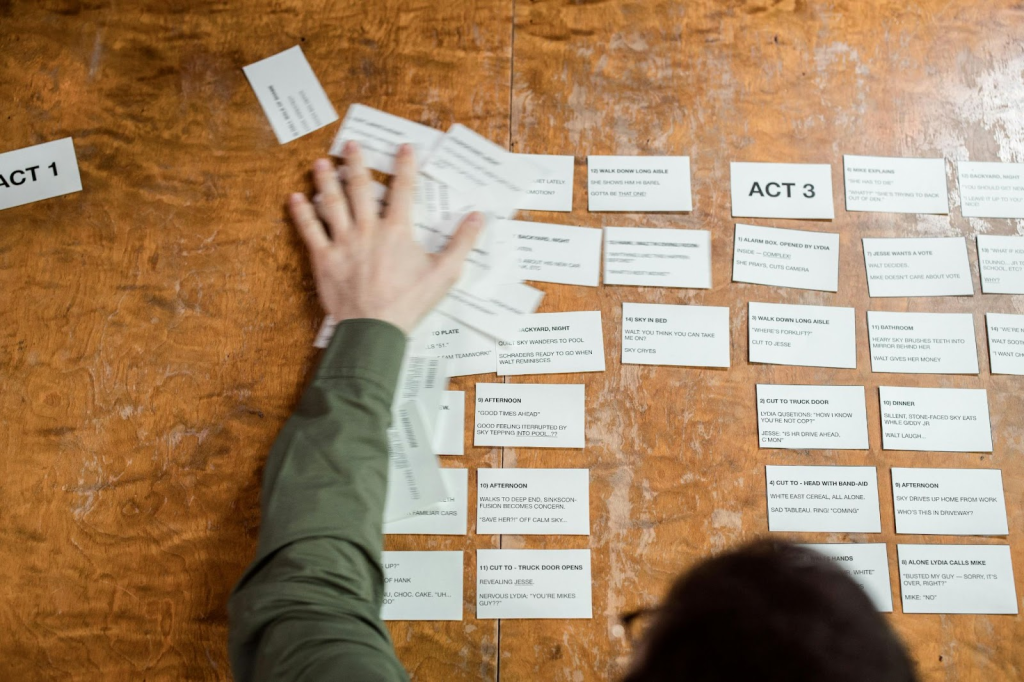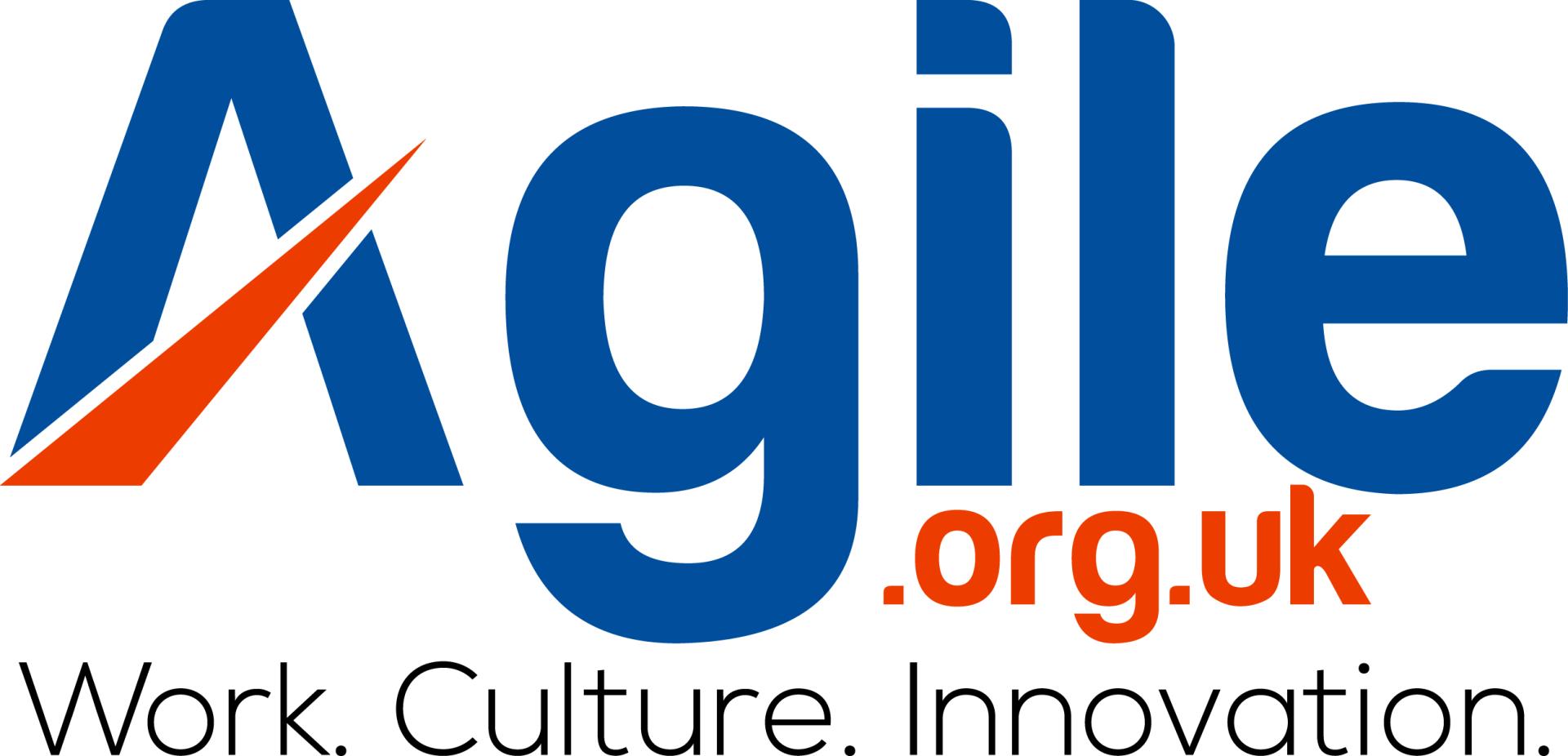Agile has become nearly indispensable in the development of gaming platforms. Teams cannot afford long delays between design, implementation, testing, and feedback. The pressure from users to deliver updates, fixes, and new features means that workflows that allow for frequent iteration are crucial. Developers and providers adopt Agile not just as a slogan but as a foundation for planning, execution, and continuous improvement.
Agile (and) Game Development
Gaming platforms tend to rely on Agile in multiple dimensions. Sprint, QA and testing, and deployment would be some of the basic steps. Sprints are there to break down those monolithic features into programmable and digestible chunks. It’s more important to deliver at least something usable every few weeks. Stakeholders love the early visibility and any progress being made. Mistakes in assumptions get caught sooner. It’s possible to often combine user feedback loops in between sprints to refine UI, performance, matchmaking logic, or backend scaling. And companies have practices with cross‑functional teams: front-end, backend, QA, possibly ops, and content, all synchronised each iteration. That reduces handoffs, miscommunication, and duplication of effort.
In the iGaming field, Agile plays a strong role too. Staying ahead of merciless competition can only happen with Agile systems that allow online casinos to move rapidly between versions and implement fixes in a blink. For instance, many iGaming providers have moved automated testing and feedback loops so fast that they can deploy changes weekly or even more often. The principle is universal for any online casino operating in the world. Likewise, the best new casino sites UK follow the methodology of offering fresh innovative designs, fast transactions, and exclusive specials, all backed by strict security measures.
Agile for Better Quality Assurance
Quality assurance and testing merge tightly into the development cycles. Testing should never be left until after feature completion; rather, teams should embed test cases, performance benchmarks, and sometimes snapshot visuals as part of each feature’s acceptance criteria. Such agile practices allow for catching regressions or UX issues early, before a release. It cuts down costs. It increases reliability. But it demands discipline and good tooling. And unity, where knowledge bases from multiple sources like the Tencent Cloud, WeTest, and Voodoo collaboration can elevate the Agile process to a new level.

Providers invest in continuous integration and continuous deployment pipelines. Every commit triggers builds, automated tests, and then there is staging, perhaps sandbox environments. Game platforms have many moving parts: servers, APIs, client downloads, maybe real‑time communication or streaming. When they commit to Agile, they must also commit to automation. Without swift builds, fast rollbacks, and reliable test harnesses, Agile becomes painful rather than helpful.
Combining Agile Frameworks
Gaming companies also often mix Agile frameworks: Scrum for overall rhythm, Kanban for operations or support/bug fixing, sometimes Scrumban. Teams that deliver content patches, live updates, and seasonal events find Kanban more flexible. Others who plan major version releases use Scrum or even scaled‑Agile frameworks. The choice depends on the size of the team, regulatory or technical constraints, budget, and risk tolerance.
Providers must also consider non‑technical constraints: platform certification (for consoles), licensing, and security audits. Those sometimes impose milestones or gating that do not align perfectly with Agile. But Agile helps in documenting incremental compliance, integrating audit feedback as part of sprints. It helps avoid huge surprises when passing through external checks.
Imperfections Behind Agile
Agile does not always work perfectly. Sometimes feature dependencies or asset pipelines force waterfall‑like phases. For games, the art side often has long lead times; motion capture, animations, and sound design may not respond well to small iterative breaks. The industry sometimes employs “hybrid” models: the core logic is done agile, art or large asset production is done more sequentially. Platform providers need to manage tech debt: pushing rapid changes sometimes means corners get cut. If they ignore refactoring or performance tuning, user satisfaction suffers long-term.
The practice is not without flaws and resistance. Gaming companies without Agile practices see pressure against Agile: management wants fixed cost, fixed scope, fixed schedule. Game platforms sold to investors or publishers may promise deliverables by date. Agile makes that trickier; companies need good estimation and risk buffers. Some providers artificially enforce deadlines that cut off iteration, sacrificing polish. But it’s still better to underpromise at the start and iterate toward completion than overpromise and deliver something brittle or buggy. In the industry where an individual can become a studio visionary, Agile can come in and help everyone build on that vision.
Final Thoughts
Reliance on Agile correlates strongly with success. Teams that resist iteration get stuck maintaining legacy components, suffer from performance issues, or user drop off when competitors deliver newer features faster. Yet, Agile is not a magic cure that will improve everything. If that were the case, it would have won a Nobel Prize long ago. Human aspects that impose impossible deadlines, employ poor domain knowledge, and horrible, or non-existent, communication inside or between teams derail any Agile project.
The trick, as with all things, lies in balance. Balancing rapid deployment and iterations with long-term goals and deadlines. Making bridges between slower and faster-moving parts. Practicing QA discipline and keeping stakeholders satisfied with drip feeds. And somewhere in between all that chaos lies the magic and wonder of Agile.













